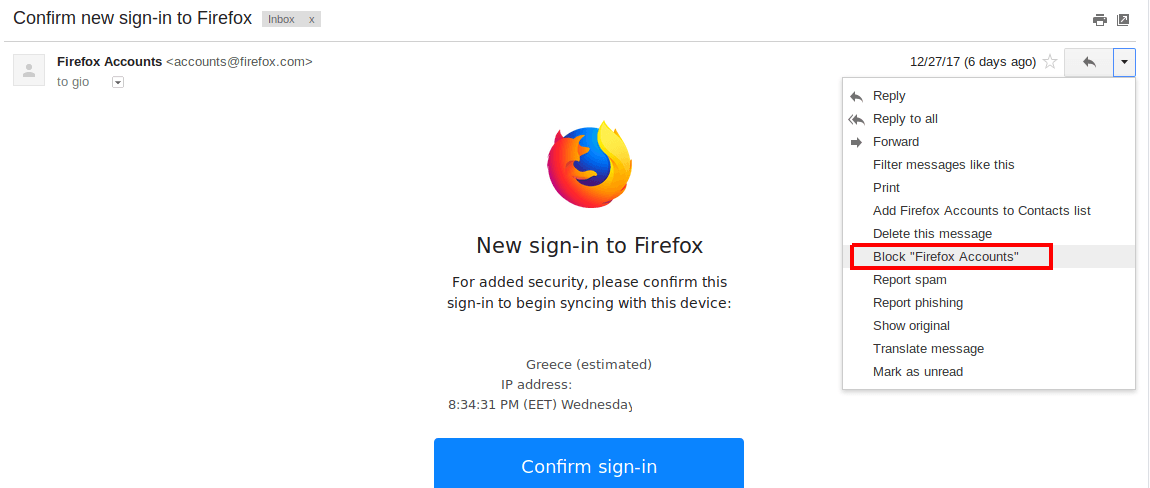I have been using Gmail since the beginning of the service. Yes since it was in beta, it gave 1GB of storage (at that time - around 2004-5 - 1GB was a remarkable capacity) and you could only register with one invitation.
It's been my primary email service for years. Over the years, Google has developed an amazing algorithm managementof Spam. This is also the main reason I remain in the service, although I have emails in almost all of them.
However, there is some sort of spam that Gmail does not have an effective filter. It is the spam that is not obvious, but it is still spam.
These are emails from people who are legitimate users of the service and are not trying to sell productthe. From office furniture, web development services or educational programs that have nothing to do with you.
Let's see what we can do with these emails:
Gmail gives you the ability to flag these messages as spam. The blockchain app works for Gmail users on the web as well as on Android mobile devices. The iOS app does not appear to have the feature at least for the time being.
The feature block allows its users Google email service block emails from address.
Here's how to use it.
 With a click on the arrow next to the date of sending the email, the drop-down menu will open. There you will find the "Block 'email_email'"
With a click on the arrow next to the date of sending the email, the drop-down menu will open. There you will find the "Block 'email_email'"

After the block, this sender will be taken directly to the Spam folder.
For Android device users, click the More button next to the Answer - Answer All button and at the bottom of the action menu, you will see the Block option.






Interesting !!!
And in combination with …@Googlemail.com that you mention in another article we have more possibilities to confuse things !!!